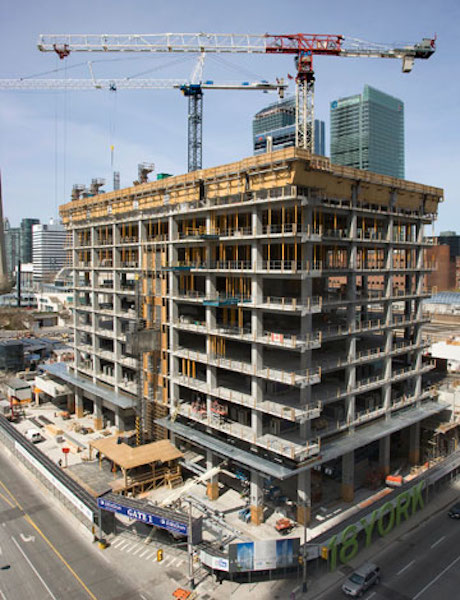DENVER — A new forecast released by the NAIOP Research Foundation calls for approximately 39.7 million-square-feet of net absorption of office space in 2017 — about 10 million-square-feet per quarter — similar to the 41.4 million-square-feet actually absorbed in 2016.
NAIOP Office Space Demand Forecast, Second Quarter 2017 report highlights:
- The fourth quarter of 2016 produced significantly higher net absorption than had been forecast (14.8 million-square-feet compared to 7.8-million-square feet), driven by greater-than-expected hiring in the office-using sectors of the economy. Growth in office-using employment has been significantly ahead of growth in all of the non-farm employment categories, according to the Bureau of Labor Statistics.
- If growth in office-using employment continues at such a pace, the need for office space will expand rapidly and thus cause actual absorption to come in near or above the high limit of the forecast. However, prior experience suggests that growth in the number of office-using jobs will likely come down as it moves closer to the overall employment growth average over the long-term. The forecast is also driven, in part, by expectations of higher short- and long-term interest rates; such impacts drive the model to temper the forecast, resulting in slight moderation in predicted net absorption in 2018.
- Many uncertainties remain, including potential tax reform, health care reform, and even fundamental changes in federal budgeting. If the Trump administration can strike deals on some or all of these fronts in ways that are favorable to business, the economy may experience a significant increase in the rate of overall growth, increasing annual GDP growth to between 2.5 percent and 3.5 percent.
- The current model forecasts a slight decline — to 37.1 million-square-feet — of positive net absorption in 2018. However, that is based on fourth quarter 2016 data that reflects pre- and post-2016 election uncertainty. As the Trump administration’s political agenda takes hold, the forecast will likely be revised.
What is also noteworthy about the forecast, according to authors Dr. Hany Guirguis, Manhattan College, and Dr. Joshua Harris, University of Central Florida, is that both CEO and consumer confidence remain very high and have been rising steadily since the election, signaling that many market participants still expect growth. As such, the potential for office demand that is higher than forecast is very real, yet difficult to predict.
“The U.S. office market experienced a healthy Q1 2017, and the office sector is well-positioned for expansion as we continue to see robust growth,” said Thomas J. Bisacquino, president and CEO of NAIOP, the Commercial Real Estate Development Association. “However, the binding constraint to robust net absorption may end up being available space, as more and more markets are short on vacant, high-quality office space for tenants with immediate needs.”









